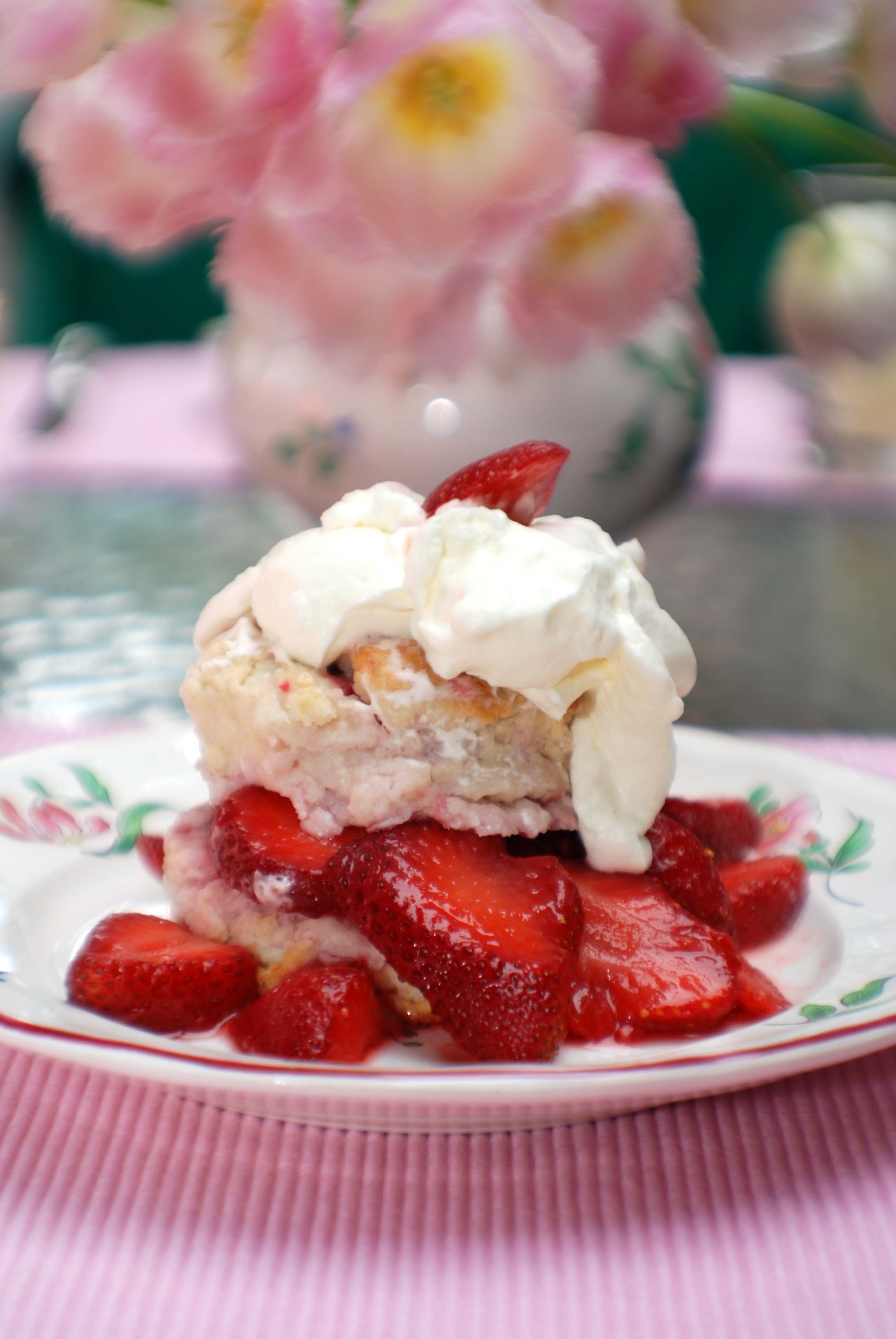
Really, guys, everything's going to be okay!
With those words,
Chinese officials tried to assure
U.S. consumers and the rest of the world that not all food products emanating from the planet's most populous nation are tainted with noxious chemicals.
But no sooner had they gotten the words out than a strange ship was discovered floating abandoned off the China coast. When authorities boarded the vessel, they found that it contained thousands of exotic and endangered animals headed for the Chinese mainland and its hungry market.
Not only do the Chinese eat almost anything that walks, they also use body parts from rare beasts in their medicines. Thus, species such as the strange
pangolin--a mammal with scales, pictured above--have been consumed to near extinction. The meat of the pangolin is considered a delicacy, while its scales are thought to help mothers breast feed.
Which just goes to show that it's not only the stuff coming out of China that we need worry about. The pangolin population has been wiped out in China,
Vietnam,
Laos and
Cambodia.
Other animals on the ship included
leatherback turtles,
monitor lizards, Bazilian turtles. And there was a cache of
bear paws. The animals were badly dehydrated, many near death. They were taken to emergency clinics to be revived.
"Unfortunately, this is all too common," said an official with
Traffic Southeast Asia, a group that monitors illegal trade in endangered species. "This trade is a far bigger threat to these species than habitat destruction."
A quick check found that restaurants in China were still serving pangolin, but only for large parties. The animal normally weighs more than 20 pounds.
"We serve it in a hotpot," one waitress was quoted as saying. "That's the tastiest way."
Meanwhile,
Associated Press reported that a frozen fish product from China labeled
monkfish was being recalled because it may contain a deadly toxin.
Two Chicago-area people who ate the fish became ill and tests showed the fish contained
tetrodotoxin. Tetrodotoxin is normally associated with the deadly
puffer fish. Nearly 300 22-pound boxes of the "monkfish" were distributed in Illinois, California and Hawaii.
The Chicago couple became ill after eating soup containing the fish. We say,
Good to know!
And in a double meanwhile, exports of fresh produce from China are growing by leaps and bounds, reports
Business Week.
For instance, in 2000, China accounted for 1 million pounds, or less than 1%, of all U.S. fresh
garlic imports. By 2005, China dominated that market, exporting 112 million pounds, or 73%, of the total garlic import market. The same goes for
strawberries: China exported just 1.5 million pounds in 2000 and now exports 33 million pounds to the U.S, according to Business Week.
Large chains such as
Wal-Mart love it that they can depend on China to supply produce year-round. The trouble is, traveling long distances means that any harmful organisms in the raw products have that much more time to multiply and grow.
U.S. authorities are now considering whether to allow China to raise and export poultry here.
Should we be worried?
*****
How much do fishing pirates hate environmentalists?
In case there were still any doubts, a group of seven
French vessels that had been observed illegally fishing with drift nets in protected
Mediterranean waters set upon the catamaran vessel being used by researchers and photographers from the environmental protection group
Oceana.
Oceana said the incident occurred in the
Gulf of Leon north of
Corsica. But we'll let the group's press release speak for itself. It is gripping in its detail, especially the part where the fishermen drop trow and flash the photographers:
"After two weeks of conducting research in the
Gulf of León and to the north
of Corsica, on Monday morning the Oceana Ranger was encircled by a fleet of thonaillers (French fishing boats) 25 miles south of Saint Raphael. The fishing boats, which had come from various locations, initiated their attacks by firing a flare at the research vessel from the fishing boat Gallus, and then tried to provoke collisions between the catamaran and the fishing boats, all of which were moving at high speeds in an operation coordinated by the Orchidee II and Santa II. Several of the boats repeatedly threw ropes tied to buoys into the water to entangle them in the propellers of the research vessel’s two engines, which had to thus halt its voyage. Then, the fishing boats surrounded and tied up the Oceana Ranger. The fishermen, some armed with boat hooks and displaying their genitals, threatened to board the catamaran unless the cameras were handed over."
The environmentalists were finally rescued when government helicopters flew to the scene.
Typically, the drift nets are used to capture the now-endangered bluefin tuna and swordfish. We say, Have you tried Alaskan halibut?
****
Did you ever doubt that agri-business has friends in high places?
The U.S. House subcommittee on
Livestock, Dairy and Poultry is considering adding language to the 2007 Farm Bill that would bar states or localities from prohibiting any food or agricultural product that the USDA has deregulated.
The move to pre-empt the power of localities to regulate food and agriculture products is aimed mainly at genetically engineered crops, in which companies such as
Monsanto have an intense interest, to go along with their incredible lobbying power.
The
Center for Food Safety reports: "This would wipe out the restrictions passed by voters in four California counties and two cities, and could limit the powers of the California Rice Certification Act and its ability to prohibit the introduction of GE rice varieties. Local and state laws pertaining to GE crops have also been passed in Colorado, Florida, Hawaii, Idaho, Maine, Minnesota, Nebraska, North Carolina, Oregon, South Dakota, Vermont, Washington and Wisconsin. All of these democratically enacted laws are threatened by this language."
It's a familiar tactic by big business. If local governments pass something they don't like, they just go to their friends in the state legislature and get laws passed saying localities can't trump state laws. And if states pass a law they don't like, they just cozy up to their friends at the federal level.
Ain't democracy grand?
****
One reason there isn't more locally grown food is that local farmland has been paved over in favor of housing developments and strip malls.
In
Richmond, British Columbia, this week a standing-room crowd turned out to support the idea of a 136-acre farm in the town center. Actually this was just meant to preserve the status quo, because the farm area had already been established under the
Agricultural Land Reserve, a provincial program enacted in 1973 to protect farmland near rapidly growing urban areas.
The 100-Mile Diet site reports that as Richmond grows, property values increase. The town council is eyeing the farm site for possible development and is pushing to have the land removed from the ALR.
“If it wasn’t for the ALR, all of Richmond would be paved already,” said one resident in the crowd.
Something to keep our eyes on...****Finally, there's a long takeout in the
Columbia Journalism Review about coverage of the food movement, local versus international, organic versus pesticides, small versus big.
Many words are spent dissecting Michael Pollan and his
Omnivor's Dilemma. One wishes the author were a little more knowledgeable about how farming really works, about the value of healthy soil, crop diversity, plant ecology. He labors under the usual misguided assumptions that the only way we can grow enough food to feed everyone is to douse farm fields with artificial fertilizers and pesticides, and recycles fears that we will probably starve without industrial nitrogen and fossil fuel-based pesticides.
The author is so busy trying to locate the fault lines in Michael Pollan's thinking that he never really pursues the opening theme of the piece, namely, that the reading and eating public could use journalism that considers food from a global perspective.
For instance, why does the "Food" section in the local newspaper seem utterly divorced from the real world, serving mainly as a recipe exchange and a shill for local chefs? Why is information about food contamination, crop subsidies, zoning issues, free trade pressures, the success or failure of local farms, etc., found only in the news pages or in the business section?
If we knew more about where our food comes from, how it is manipulated by the interests of international corporations, how our government encourages the large scale production of unhealthy food that destroys our soil and water, we just might start adding these to the cost of our supermarket bill, rather than trying to parse out the price of healthy, locally produced food.
Lurking in the debate is the question, Has our infatuation with the automobile and the mindless sprawl it encourages taken us to a point where there just isn't enough affordable land to return to a system of healthy, local agriculture? Or, will the converging trends of overpopulation, fossil fuel depletion and global warming deliver us to a place that looks like today's Cuba, where the collapse of the Soviet Union has, of necessity, meant turning every local patch of soil into a vegetable garden?
Maybe getting too much of a bad thing will, in the end, take us to where we really want to be.
You can read the complete CJR piece
here.
 All year the kids in my "food appreciation" classes have been bugging me to make something sweet. And all year I've been the tough taskmaster, keeping them focused on things like corn and cabbage and sausages.
All year the kids in my "food appreciation" classes have been bugging me to make something sweet. And all year I've been the tough taskmaster, keeping them focused on things like corn and cabbage and sausages. 















 I added the sorrel to that sauce, which only improved it.
I added the sorrel to that sauce, which only improved it.























